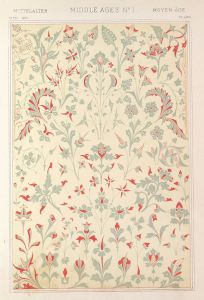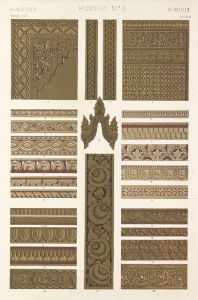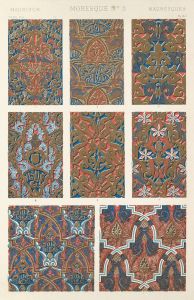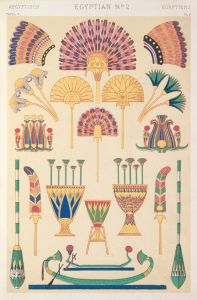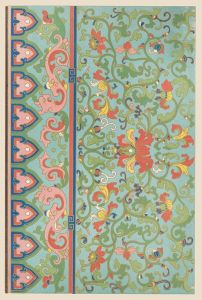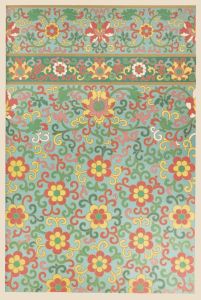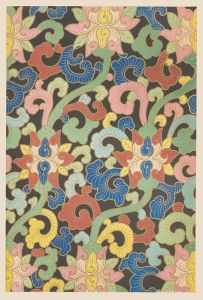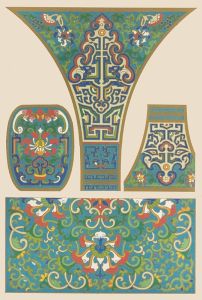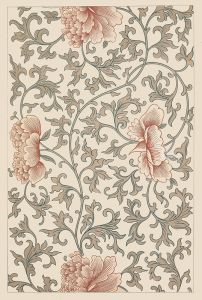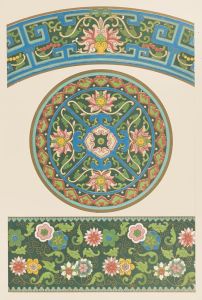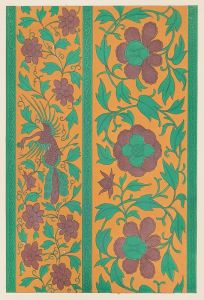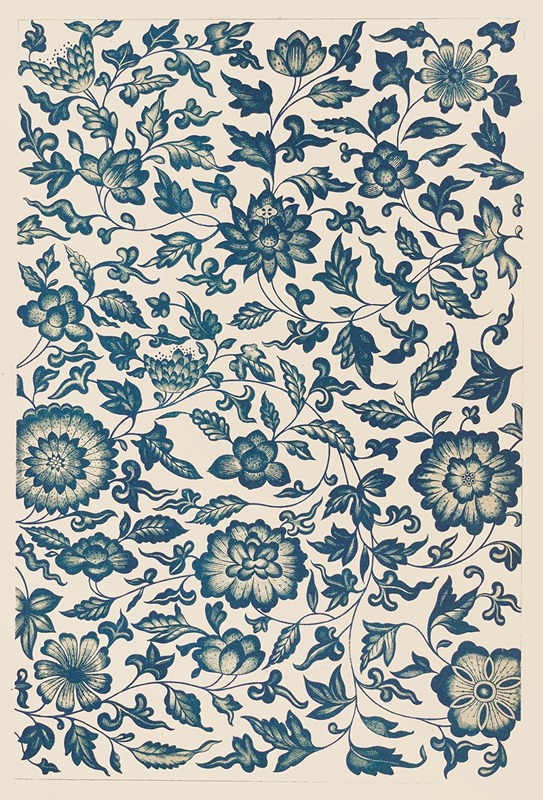
Examples of Chinese ornament, Pl.21
A hand-painted replica of Owen Jones’s masterpiece Examples of Chinese ornament, Pl.21, meticulously crafted by professional artists to capture the true essence of the original. Each piece is created with museum-quality canvas and rare mineral pigments, carefully painted by experienced artists with delicate brushstrokes and rich, layered colors to perfectly recreate the texture of the original artwork. Unlike machine-printed reproductions, this hand-painted version brings the painting to life, infused with the artist’s emotions and skill in every stroke. Whether for personal collection or home decoration, it instantly elevates the artistic atmosphere of any space.
"Examples of Chinese Ornament, Pl. 21" is a plate from the influential design book The Grammar of Ornament by Owen Jones, first published in 1856. Owen Jones (1809–1874) was a British architect and designer, renowned for his contributions to the study of design principles and his efforts to document and promote decorative arts from various cultures around the world. His work aimed to inspire designers and craftsmen by showcasing the richness and diversity of ornamental traditions.
The Grammar of Ornament is a comprehensive collection of decorative patterns and motifs from different cultures, including Egyptian, Greek, Roman, Indian, Persian, and Chinese. The book was groundbreaking for its time, as it presented these designs in vivid chromolithographic prints, a relatively new printing technique in the mid-19th century. The book's 100 color plates were meticulously crafted to ensure accuracy and visual appeal, making it both a scholarly resource and a work of art in its own right.
Plate 21 specifically focuses on Chinese ornamentation, reflecting Jones's admiration for the symmetry, balance, and intricate detailing characteristic of Chinese decorative art. The designs featured in this plate are drawn from traditional Chinese motifs, which often include floral patterns, geometric arrangements, and symbolic imagery. These elements are rooted in Chinese artistic traditions that emphasize harmony, nature, and cultural symbolism.
Jones's depiction of Chinese ornamentation was based on his study of artifacts, textiles, ceramics, and other decorative objects that were accessible in Europe during the 19th century. His work was part of a broader Victorian-era fascination with Asian art and design, which influenced movements such as the Aesthetic Movement and later Art Nouveau. By including Chinese ornament in his book, Jones highlighted its importance as a source of inspiration for Western designers.
While The Grammar of Ornament was widely praised for its aesthetic and educational value, it is important to note that Jones's interpretations were shaped by the context of his time. The designs in Plate 21, like others in the book, were adapted and stylized to fit the format and purpose of the publication. As such, they may not fully represent the complexity and cultural significance of the original Chinese works they were based on.
Today, The Grammar of Ornament remains a seminal reference in the study of design history and decorative arts. Plate 21 continues to be appreciated for its vibrant presentation of Chinese ornamentation, offering insight into both Chinese artistic traditions and the 19th-century European perspective on global design.





